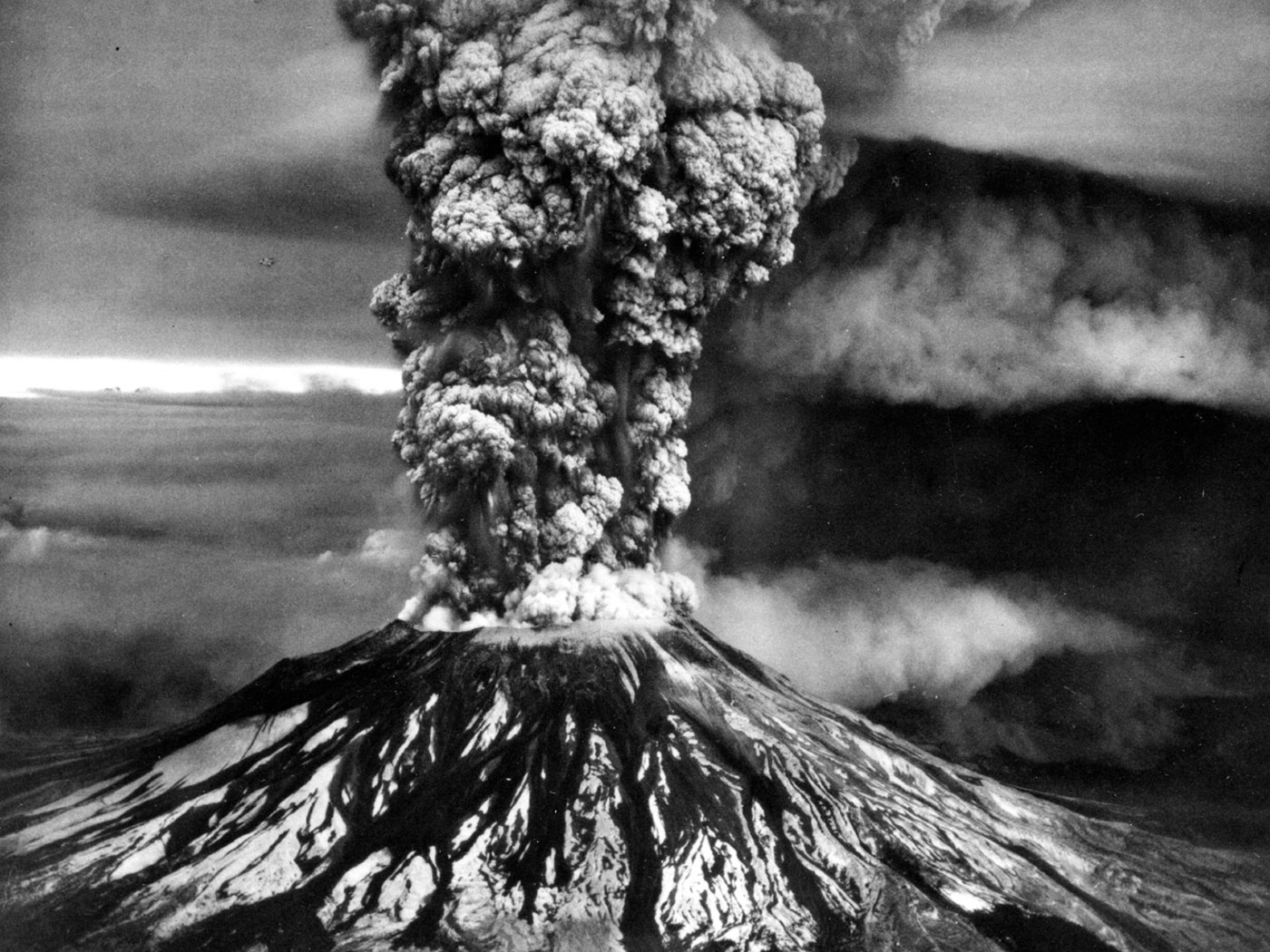In May, hundreds of salmon fry are experiencing their own version of “live-streaming,” according to a report from Maine Audubon’s Molly Woodring.
The life cycle of salmon can be learned by visiting a fish hatchery. Besides learning the biology of salmonid fish (like salmon, trout, and charr), hatchery field trips should prompt our awe and appreciation for how God gives these fish life.2,3
Consider how miraculous the life cycle of Atlantic (or Pacific) salmon really is.
The next stage of life for salmon is “fry”—the stage at which some venture (or are released) into freshwater streams that flow into tidal coast-waters.
At the “fry” stage the young salmon are almost ready to be venture out into a freshwater stream that flows into oceanic tidewaters.
So Molly Woodring’s group brought their salmon fry to Gilsland Farm Audubon Center, a multidisciplinary eco-science campus in Falmouth, Massachusetts.4
Salmon fry need to wait, staying in calm parts of freshwater streams (or inside a hatchery’s artificial equivalent), until they transition from fry into striped “parr,” then into the silvery “smolt” stage. At that time, they can adventurously swim downstream into coastal sea-waters. This is usually done on a moonless night, under the protective cover of darkness—no need to attract fish-eating predators!5
Since coastal waters mix riverine tributary freshwaters with oceanic saltwater, the saltiness at the coast is less salty than the more concentrated salinity of open-ocean water. Accordingly, smolts in coastal waters briefly acclimate before they venture out into the salty ocean—which is now to be the “home range” for most of the remainder of their lives.
But the preprogrammed time arrives, eventually, when a physiological “alarm clock” rings inside the ocean-dwelling salmon, signaling that it is time to return to the native stream-waters, to go upstream for reproductive spawning.
Really, the life cycle of salmon is one providential miracle after another.2,3 The only reason we don’t call these physiological details what they are—miracles—is because they are repeated in the life cycle of every salmon.
Fish hatcheries are aquaculture operations that focus on the early life of salmon. More can be learned about fish life, especially its adult phase, by visiting an operational “fish farm,” where net-pens serve as 3D “corrals” for salmonid “livestock” who are being fattened up for the market.6
Both hatchery and fish-farm visits can provide opportunities to see how the Genesis Mandate is being furthered by raising fish as marine “livestock.”3,6
Meanwhile, improving the health of freshwater tributaries should improve the future for salmon and trout of later generations, who use and reuse the streams that their forebears used during their anadromous life cycles.
Fish are important members of the animal kingdom. Scripture mentions fish on many occasions, including times when fish were being served as nutritious food7—and on one occasion the Lord Jesus clearly indicated that fish, as a food, was good.8
References
1. Woodring, M. 2020. Good Luck, Young Salmon! Maine Audubon. Posted on MaineAudubon.org May 6, 2020, accessed May 11, 2020.
2. Job 12:7; Psalm 107:23-25. Regarding the salmon life cycle, as exhibiting God’s creative bioengineering, see Dr. Jobe Martin’s DVD, Amazing Animals of Alaska (God’s Living Treasures, vol. 2). Rockwall, TX: Biblical Discipleship Ministries. This DVD is available at ICR.org/store.
3. Dreves, D. 1996. Pacific Salmon, the Ocean’s High Achievers. Creation Ex Nihilo. 18(3):26-28. Republished at https://answersingenesis.org/aquatic-ani
mals/fish/pacific-salmon/.
4. Gilsland Farm Audubon Center is located in Falmouth, Massachusetts, near Portland. For decades it has hosted wetlands biome ecology research, birdwatching, and other field trip learning activities—an educational treasure trove for scientists and schoolchildren alike. This writer first observed Black-capped Chickadees, on May 31, 1995 (at the Gilsland Farm Sanctuary, as it was then called), as part of attending the annual national meeting of the Society of Wetlands Scientists.
5. Johnson, J. J. S. 2015. The Moon Rules. Acts & Facts. 44(9): 21.
6. Johnson, J. J. S. 2020. Fish Farming Feeds Scots, But It’s Not Getting Easier. COVID-19 News. Posted on ICR.org April 21, 2020, accessed May 11, 2020. Fish-farming, using managed coast water net-pens is one aquaculture method useful in fulfilling the Genesis Mandate. See Johnson, J. J. S. 2013. Fulfilling the Genesis Mandate while Helping the Poor. Acts & Facts. 42(12):19.
7. Matthew 14:17-19, 15:34-36; Mark 6:38-43, 8:7; Luke 9:13-16, 24:36-43; John 6:9-11, 21:9-13.
8. Matthew 7:9-11; Luke 11:11-13.
*Dr. Johnson is Associate Professor of Apologetics and Chief Academic Officer at the Institute for Creation Research.












